|
Downward-Facing Dog or Adho Mukha Svanasana is a posture that’s practiced often in most forms of yoga. In fact, it’s likely that your yoga practice will consist of at least one downward facing dog no matter what style of yoga appeals to you. While this posture is often referred to as a resting posture in Vinyasa Flow yoga, taken as a break between standing postures, it’s an incredibly demanding position that requires your entire body to be engaged, your breath to be active, and your awareness to be fully present. Jessica Magnin’s recent workshop at the Hotel de la Paix in Luang Prabang broke down this complex asana, transforming it part by part. There were a few “aha!” moments in the workshop as participants expressed freedom in the experience of being aligned. We’re sharing these useful tips with you. To begin, downward facing dog is a posture of reflection and a posture of humility. The head hangs below the heart as we reflect upon the experience of our practice. In Vinyasa Flow yoga, we come into adho mukha svanasana in between standing postures on the left and right sides. In downward facing dog, we restore equilibrium, we restore our awareness, and we bring ourselves back to the present as we observe and fully engage all parts of the body once again.
Blog post by Julie (juliehana.com)
0 Comments
|
Archives
September 2023
Categories
All
|
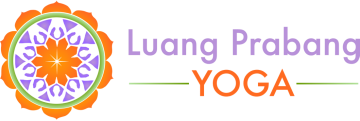
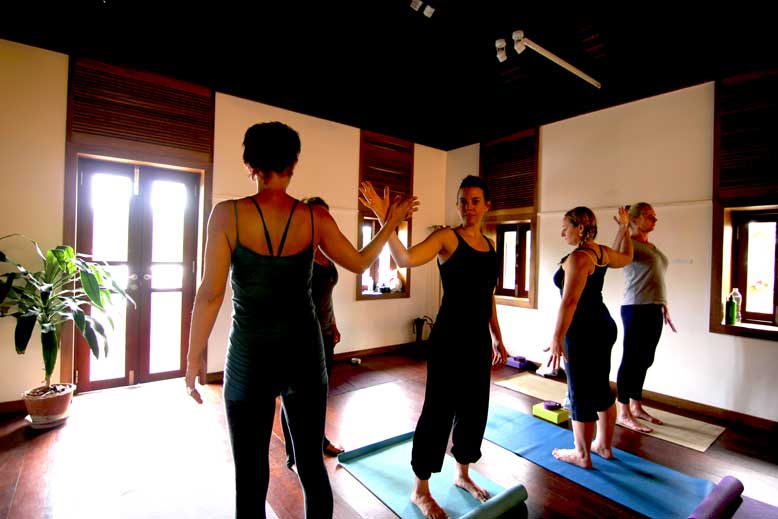

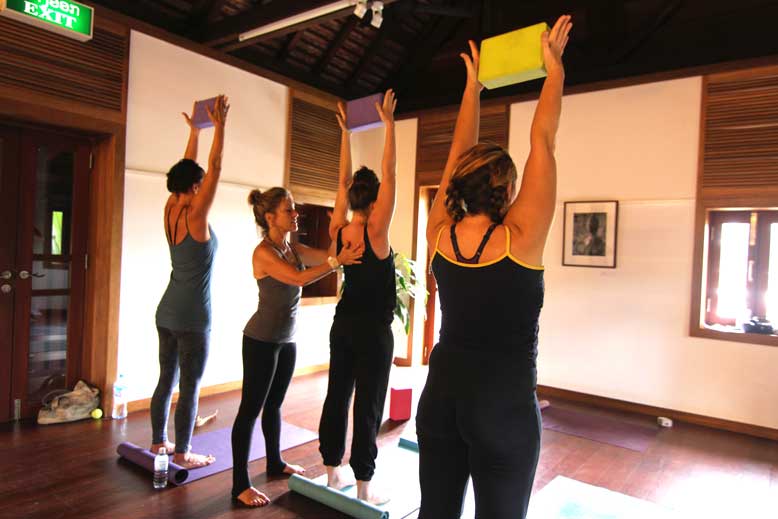
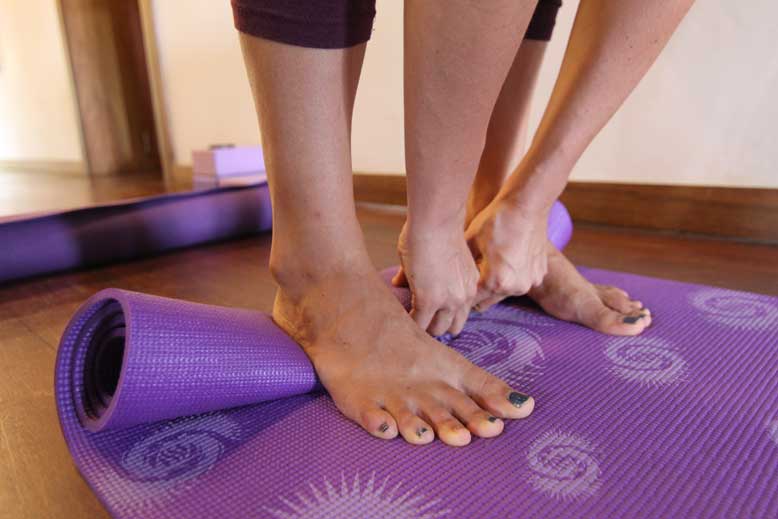
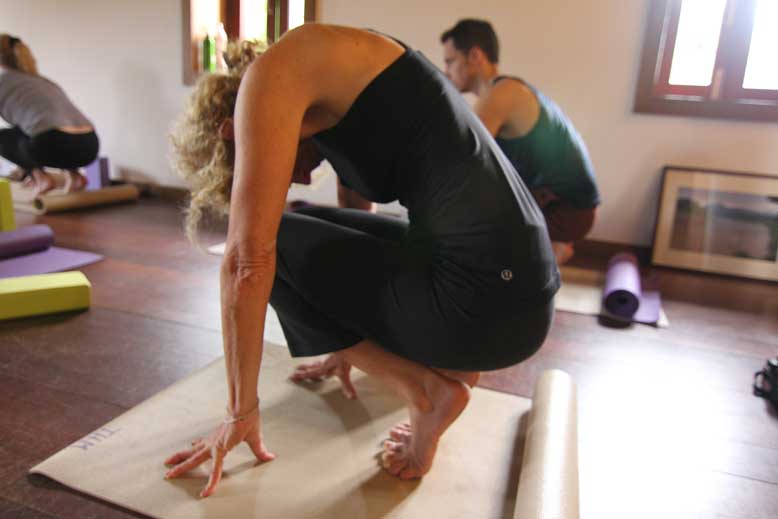

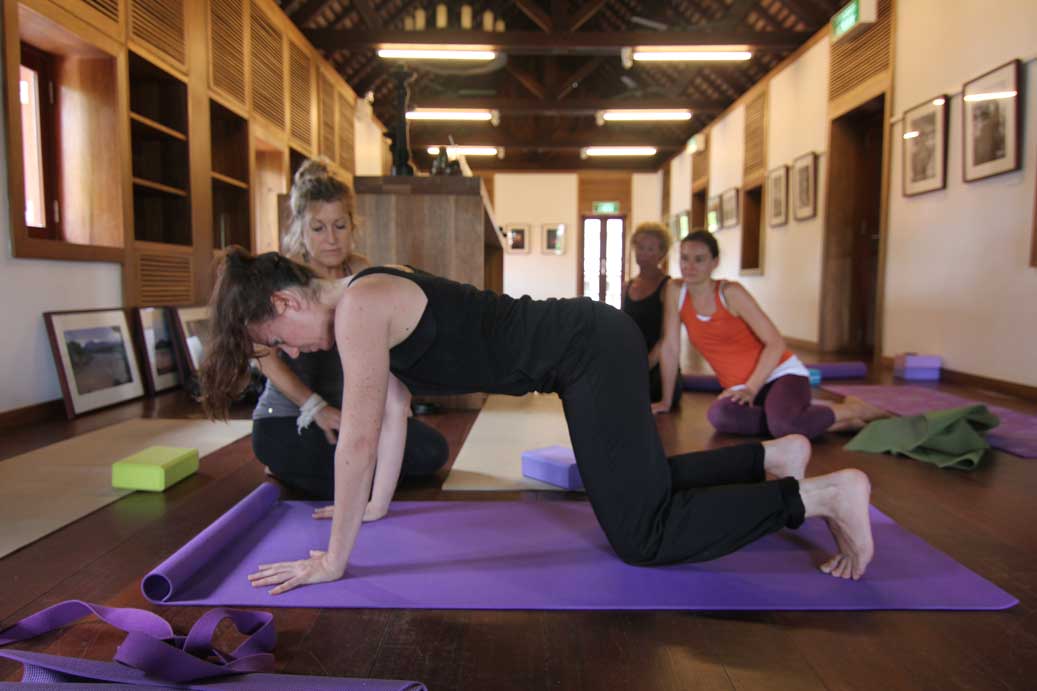
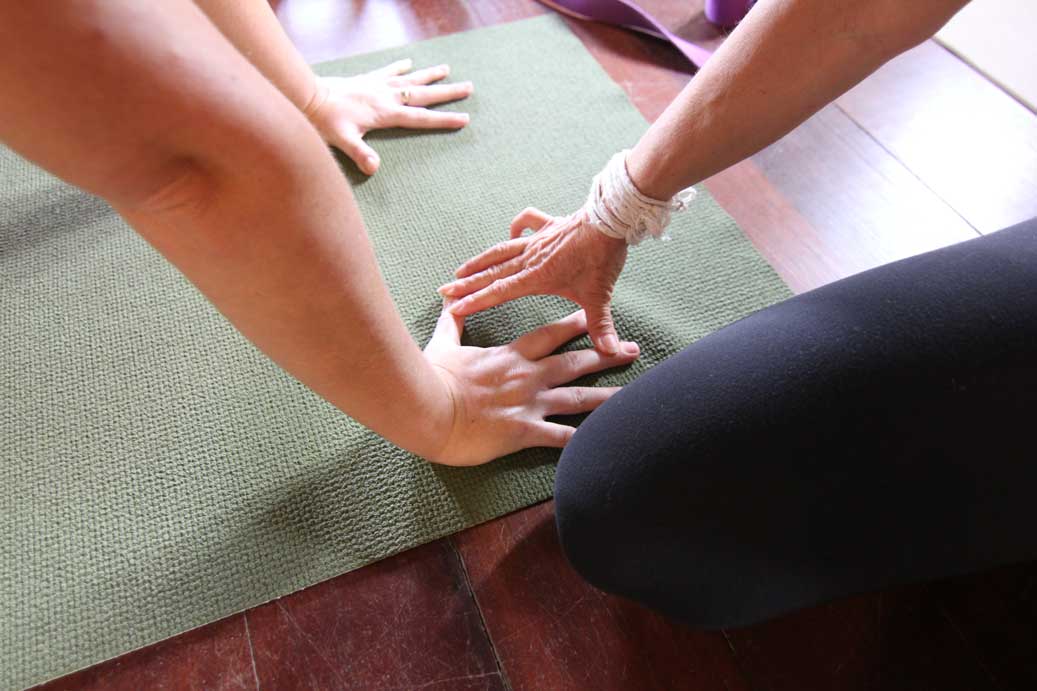
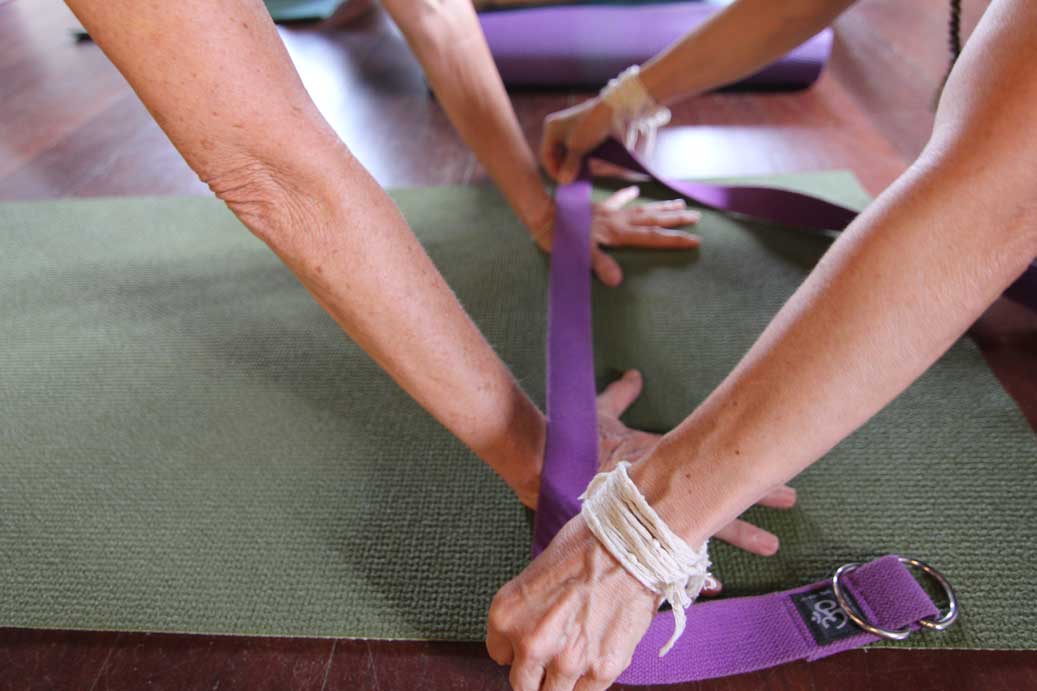
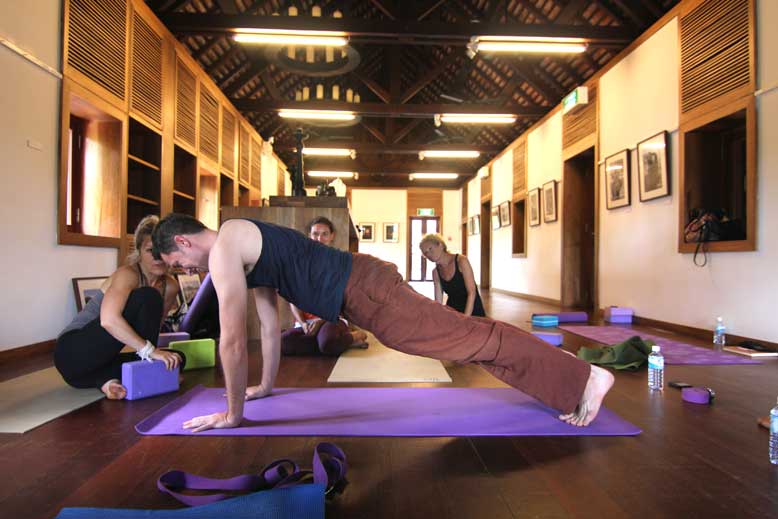
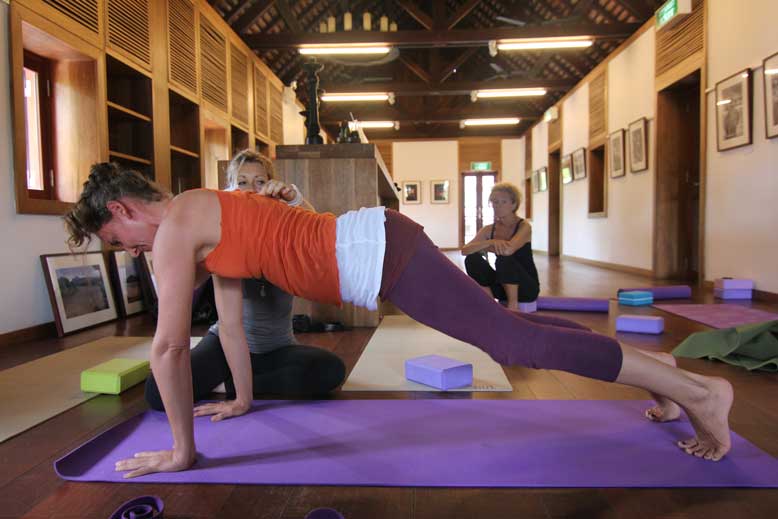
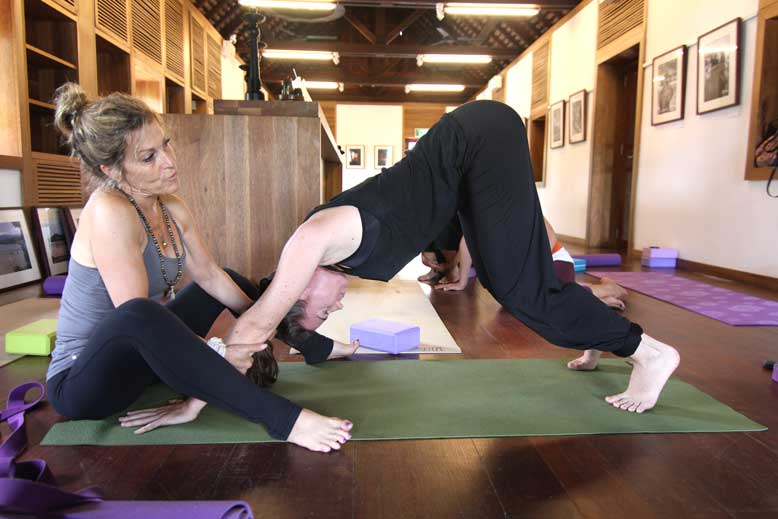
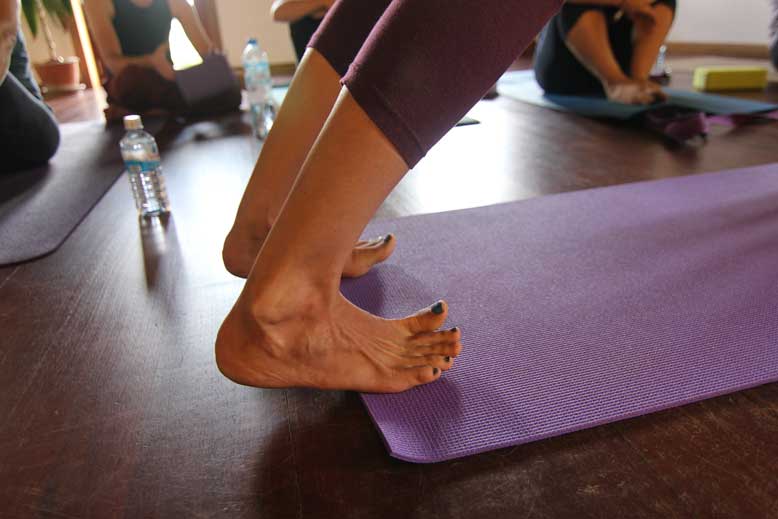

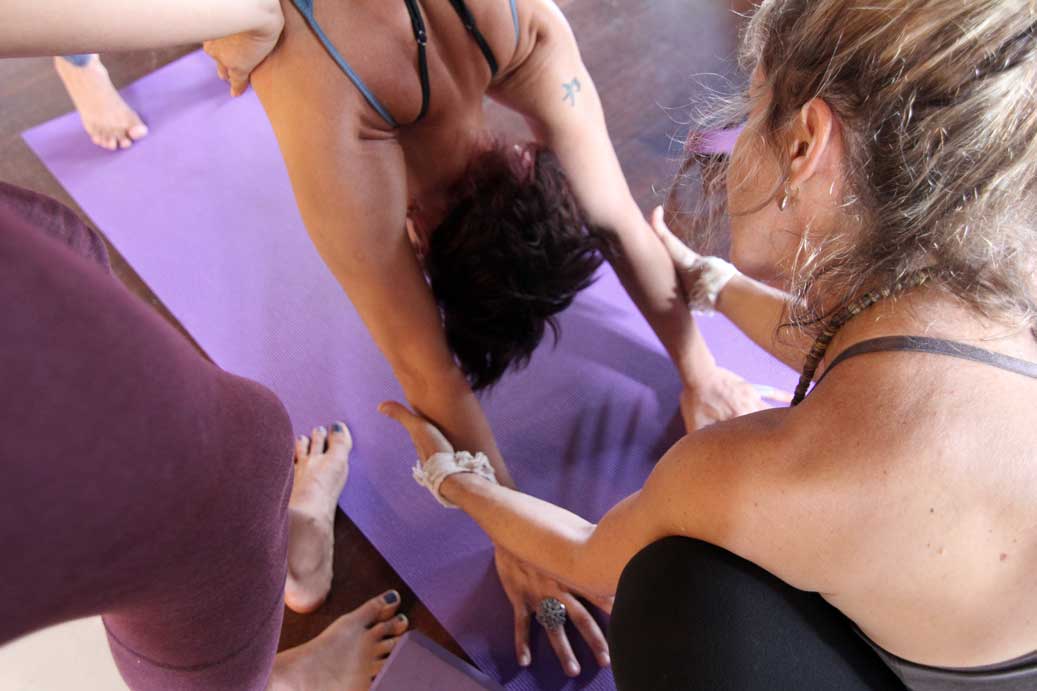
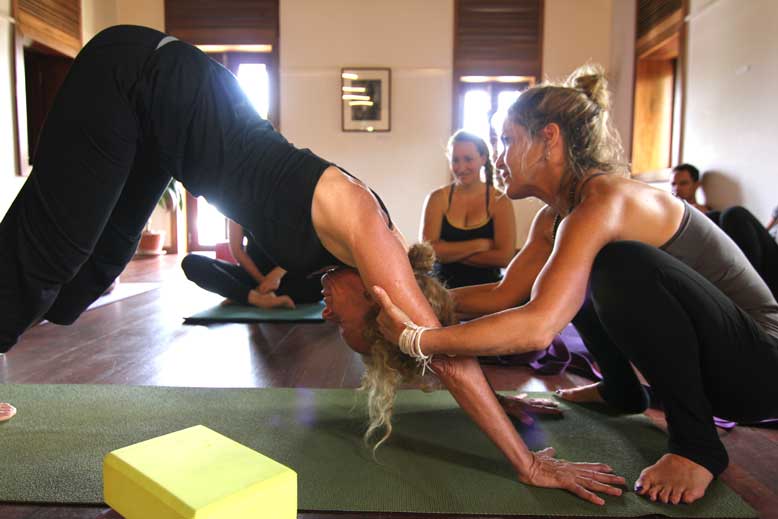
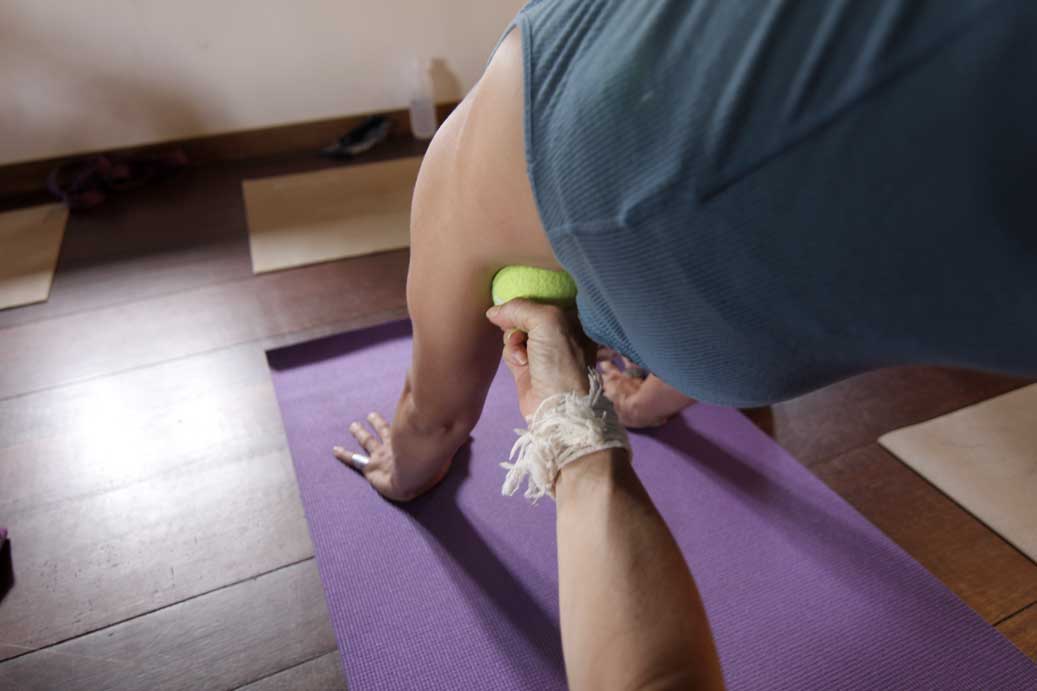
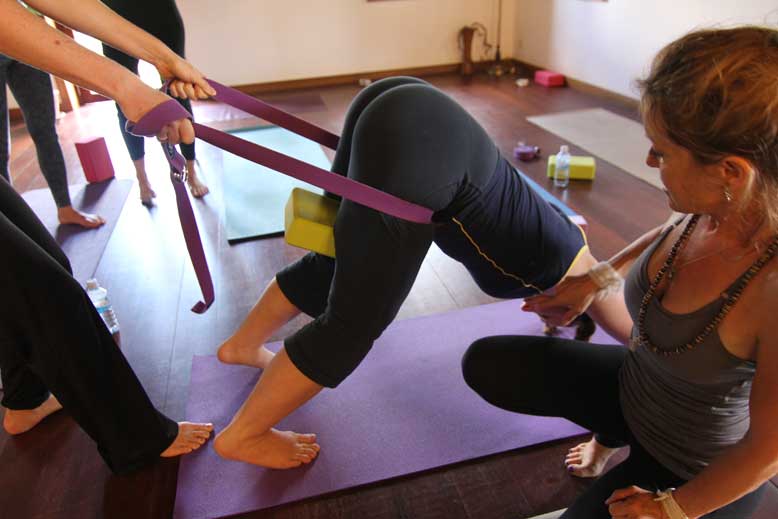
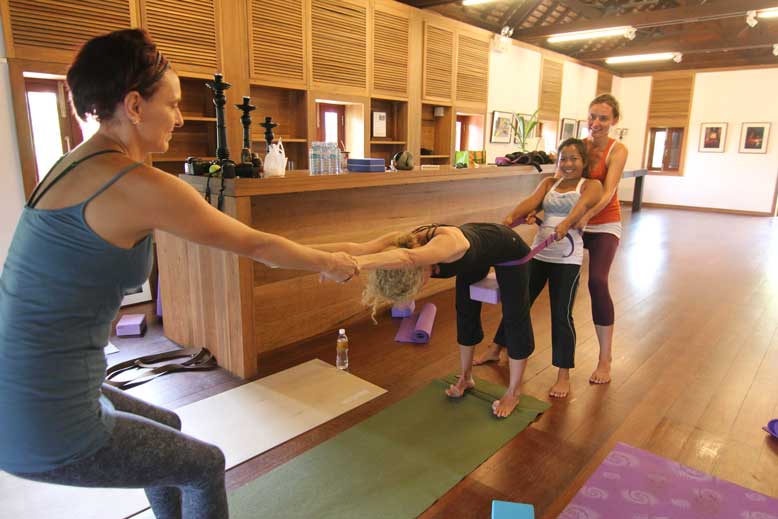
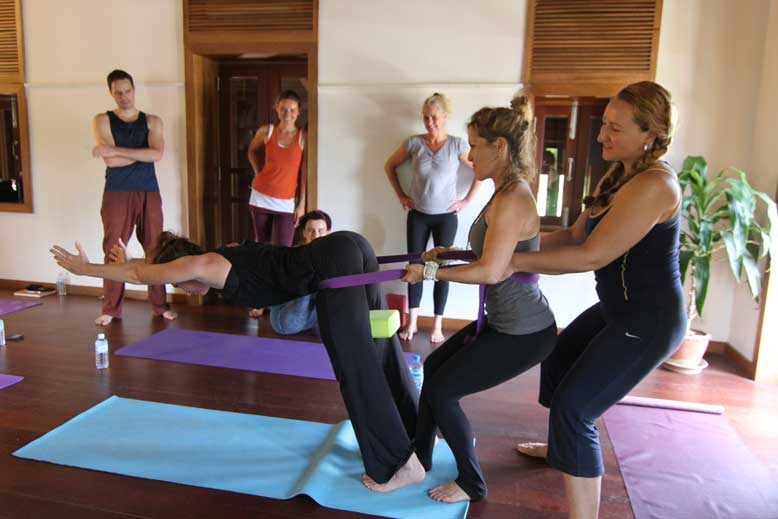
 RSS Feed
RSS Feed
